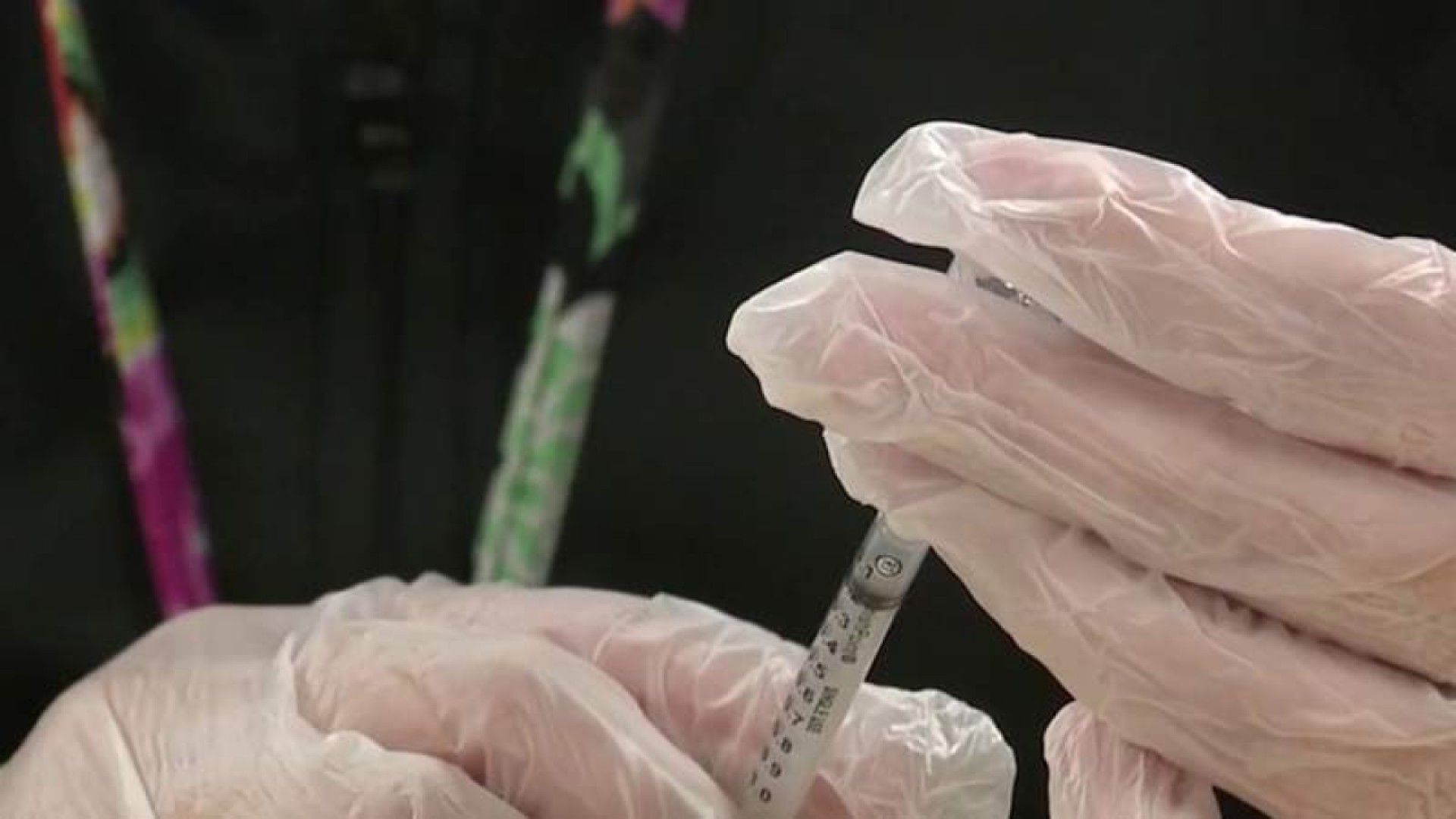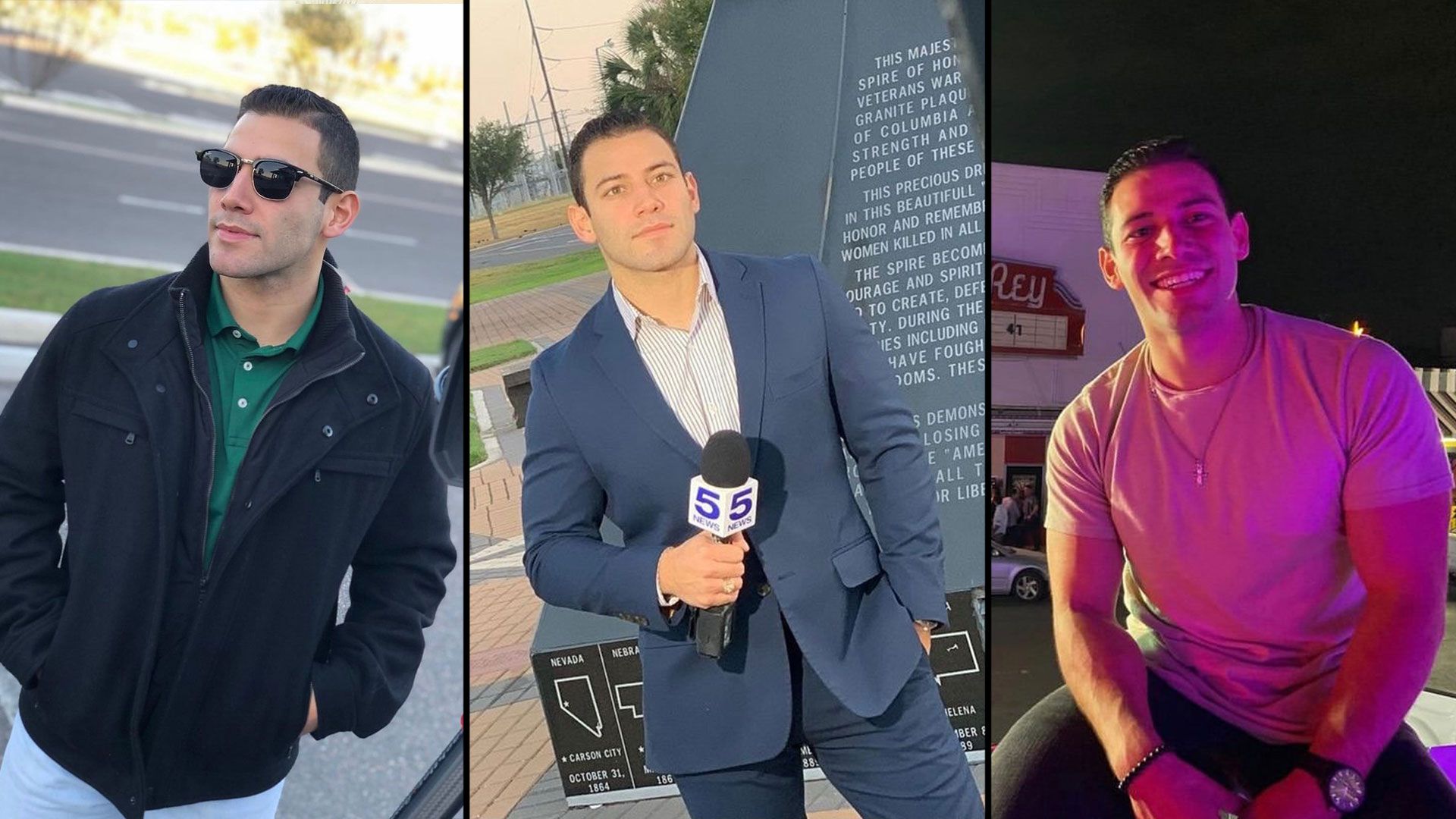In the heart of downtown San Antonio there is a nightclub that’s been a safe space for the LGBTQ+ community for the past 40 years.
Generations of San Antonians have become familiar with the Bonham Exchange. From the drag shows to the dance floor, the Bonham is a San Antonio staple where all are welcome.
But the Bonham is more than just a spot for a fun night out. Baked into the building’s walls is a wealth of history.
We explored that history and the Bonham’s impact in this episode of KSAT Explains.
(Watch the full episode on demand in the video player above.)
SMART. IN-DEPTH. LOCAL: Click here for more episodes of KSAT Explains
‘Insulated from discrimination’: The bars before the Bonham
The Bonham Exchange is iconic. But it is far from the first gay bar in San Antonio.
Melissa Gohlke, Assistant Archivist at the University of Texas at San Antonio and a local LGBTQ+ historian, attributes a lot of growth in San Antonio’s gay and lesbian nightlife scene to our position as a military city during World War II.
“Scholarly research has shown that many of the armed forces personnel during the second World War were gay men and women who had this opportunity to come out of their rural hometowns and go to big cities,” Gohlke said. “It’s a really important watershed era.”
Gohlke’s research also shows that while there were some smaller clubs and bars in town that would allow openly gay and lesbian customers, most of the gay-friendly venues were on the outskirts of town. And one of the most well-known was a spot near Helotes named Paul’s Grove, also known as The Country.
Paul’s Grove opened in the 1920s and by the 1960s and 1970s it was a microcosm of queer life in San Antonio, Gohlke said. While it was raided periodically by police, it was thought to be a safe place where gay men and women didn’t have to hide.
Paul’s Grove closed after a fire in 1973. But later that year, local lawyer and businessmen Arthur “Happy” Veltman opened the San Antonio Country nightclub near downtown San Antonio.
The name was an obvious nod to Paul’s Grove. San Antonio Country was a unique spot for many reasons.
It was located at the corner of N. St. Mary’s Street at McCullough Avenue. What made it different was that it wasn’t on the edges of town. It was in the middle of San Antonio.
Joan Duckworth is part owner and manager at the Bonham Exchange today. But years ago, she spent many nights at San Antonio Country after meeting Veltman.
“It attracted a very eclectic group of people,” Joan said. “It was just way too much fun.”
A San Antonio Express-News article from July 1976 described the San Antonio Country as a club that catered mainly to the gay community, but that also offered an unusual night out for any who ventured there.
“Everybody would go there,” said Annalisa Peace, a former San Antonio Country bartender. “It was a gay bar, but really so many people went there.”
Like previous gay and lesbian bars, San Antonio Country was the focus of constant police raids and harassment. The military banned personnel from going there. Hap successfully fought that ban during a military hearing.
“It was a really major victory,” Gohlke said. “It was the first of its kind in the U.S.”
So, why bars and nightclubs? Oftentimes when we talk about the fight for LGBTQ+ civil rights, we talk about these establishments.
Those we talked to say it’s because bars and nightclubs were about more than drinking and dancing. They were places where people could be themselves.
“These establishments acted as community centers,” said Robert Salcido, Executive Dir. of the Pride Center San Antonio. “That’s where they organized, that’s where they planned our marches and that’s where they planned our demonstrations that were really leading into the civil rights movement for the LGBTQ+ community.”
Salcido is too young to have ever gone to San Antonio Country. But he knows about its impact.
“It really was about happiness and bringing the community together,” Salcido said. “That’s still what a large part of our community still embraces at the clubs that we have today.”
Hap sold the San Antonio Country nightclub in 1981. It was demolished soon after, but it didn’t take long for him to open a new club.
‘The fairy godmother of San Antonio’: Who was Hap Veltman?
There would be no Bonham Exchange or San Antonio Country without Hap Veltman. But he also had a hand in developing some of the most well-known places in town.
When people talk about Hap, they often bring up Gene Elder. Both men have now died, but their legacies and some of their great stories live on in the people they touched and the places they helped shape.
“I originally met Hap disco dancing with other high schoolers down on the River Walk,” Joan Duckworth said.
Joan remembers Hap walking over to her and inviting her to visit San Antonio Country to enjoy a drink on him. When she turned 18, she took him up on the offer and they quickly became lifelong friends.
“The one drink turned into a lifelong quest for me,” Joan said.
Annalisa Peace came to know Hap while working at The Greenhouse, one of the many businesses he developed. Hap was a lawyer by trade, but friends say he was also a developer, a conservationist and an activist.
“He’s what they would call the fairy godmother of San Antonio who did all these amazing things,” Peace said.
In 1968, Hap and his business partner opened Kangaroo Court, one of the first restaurants along the River Walk that actually faced he river. We’re all familiar with it today, but it was a revolutionary idea then. It helped start the trend of businesses along the river that used the scenery to attract customers.
Hap also helped create the Blue Star Arts Complex in Southtown and putt the St. Mary’s strip on the map as a nightlife destination.
“There are those little pockets of culture, and that’s the kind of thing that Hap created,” Annalisa said.
Hap was well connected and well respected in San Antonio. He knew the right people to help his visions come to life.
One of those people was his dear friend Gene Elder. Friends remember Gene as an artist and an eccentric man.
“One time he ran for mayor and the name of his party was the Party party,” Annalisa said. “He was advocating for the arts in San Antonio.”
Annalisa and Joan also recall when he tried to petition city hall to dub San Antonio “The Big Tomato”. The campaign wasn’t successful, but it’s still a story friends laugh about today.
Gene helped Hap run some of his businesses. He was the original manager of San Antonio Country, and also helped operate Blue Star.
He was also known for his love of collecting. That love led to a lesser known collaboration between Hap and Gene — The Happy Foundation.
Housed inside the Bonham Exchange, The Happy Foundation is a collection of items — from magazine clippings, to rare documents — dedicated to preserving LGBTQ+ history in San Antonio.
Watch the video below to learn more about Hap, Gene and to get a peek inside The Happy Foundation.
‘A 40-year-old gay bar’: The Bonham Exchange
As much interest as Hap had in developing San Antonio, he also wanted to preserve its past.
“He was very pro keeping the history of San Antonio here, rather than demolishing it and putting up a new building,” Joan Duckworth said.
It’s one of the reasons why the Bonham was created. Joan still remembers when her friend told her his plans to buy the building on 411 Bonham.
“He’s the only man I ever knew that could look at a building like this and be able to buy it,” Joan said.
Hap fell in love with the 3-story, 25,000 square foot building for its unique architecture and long history.
The building is 130 years old. A German athletic association bought the land in 1891 and opened Turner Hall in 1892. The massive facility included a bowling alley, a ballroom and a basketball court.
Turner Hall closed in 1932. The U.S. government bought the building and turned it into a USO club for a few decades.
“I think it’s ironic that it was owned by the military at a point, because of the fact that it later becomes a gay club, and how much friction there was between the military and the gays,” Melissa Gohlke said.
After it closed as a USO club, it operated as a sorting station for a post office until 1980. That’s around the time that Hap stepped in.
It wasn’t just the history of the building that drew Hap in. It was its location behind the Alamo.
“He was making a statement, and fortunately he had the clout to make that statement,” Gohlke said. “It was important to him that people in the city accept that there’s a big population of gays in San Antonio and this is going to be our space.”
Hap died from AIDS in 1988, only seven years after the Bonham opened. But Joan and so many others continue to make the Bonham an inclusive nightclub that’s withstood the test of time.
Since the Bonham opened about 40 years ago, a lot has changed in the world around it. There has been significant progress in the fight for LGBTQ+ rights around the country, but there have also been significant setbacks.
Even with the ups and downs in the outside world, the crew at the Bonham has been busy creating a safe space for their customers inside.
Vikki Buchanan has been at the Bonham since 1991, and now works as head bartender. “I’ve been the first person some of my customers told me when they’ve gotten sick, when they were diagnosed with HIV or cancer, or anything.”
The Bonham has long been a place that welcomes all, but Vikki hopes no one loses sight of Hap’s vision.
“Know when you walk through that door, you’re walking into a 40-year-old gay bar that was here as a safe haven for people who didn’t always feel safe at other bars,” Vikki said.
‘I have missed my people’: Bonham Exchange set to reopen
For the past 40 years, on any given weekend, you could expect to find a crowd of people dancing and having a good time at the Bonham. But, stop us if you’ve heard this before, the pandemic changed everything.
Like countless other businesses, Lee Haines and Joan Duckworth made the decision to close the Bonham’s doors last spring to keep everyone safe. But with case counts low and vaccination rates climbing, they’re preparing to open this summer.
Watch the video below to hear from those who work at the Bonham about what they’re most excited for once those big double doors open again:












